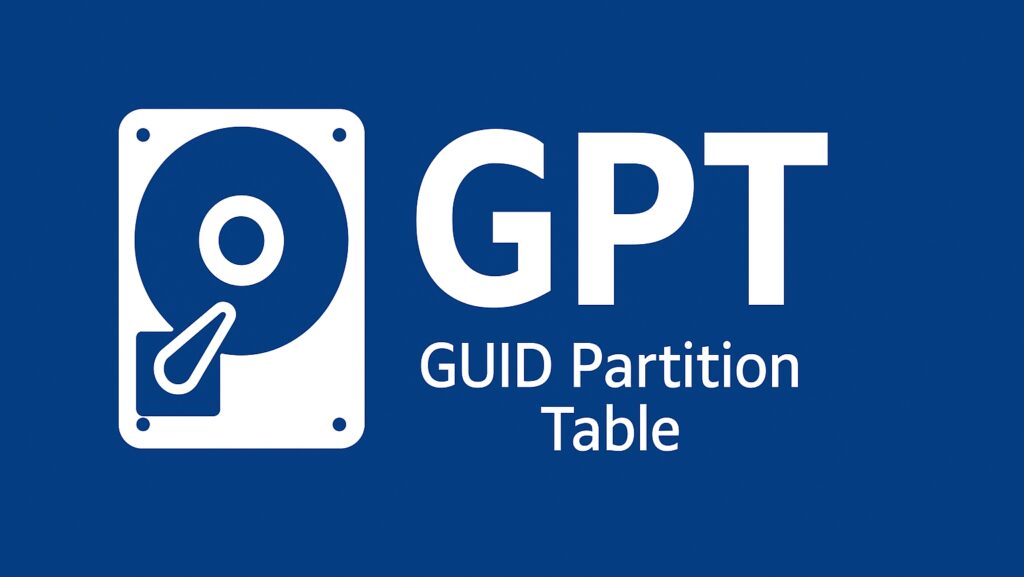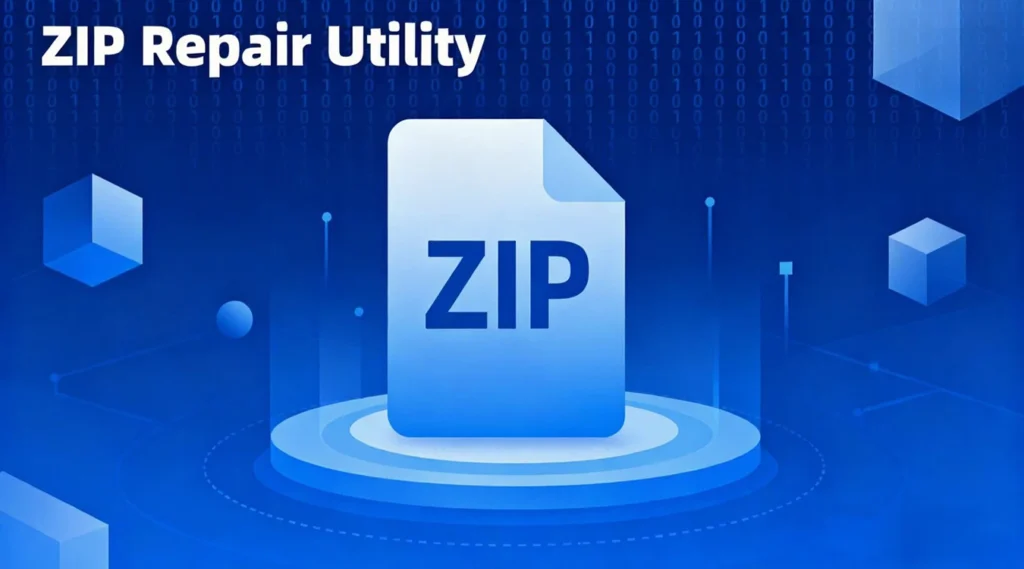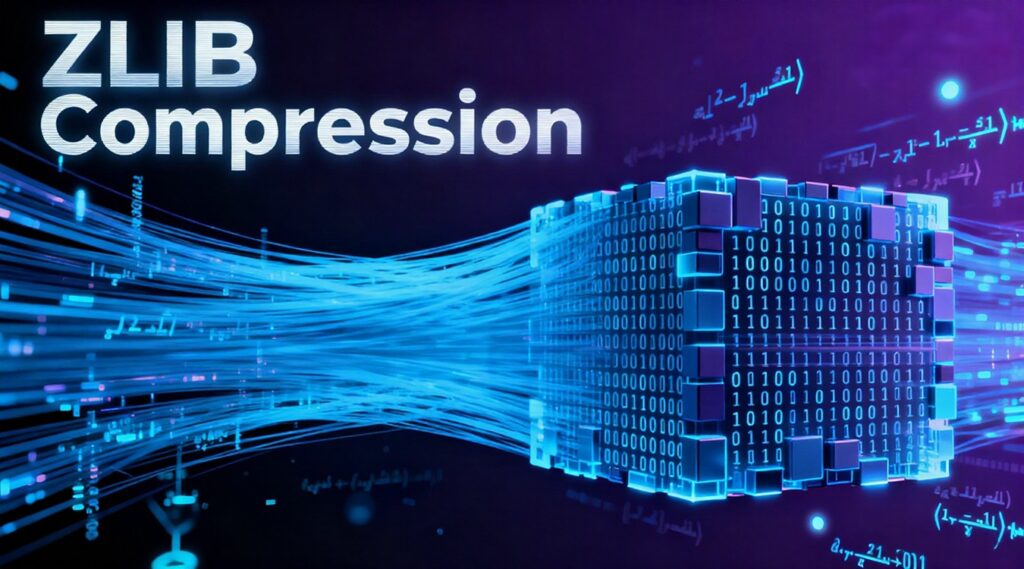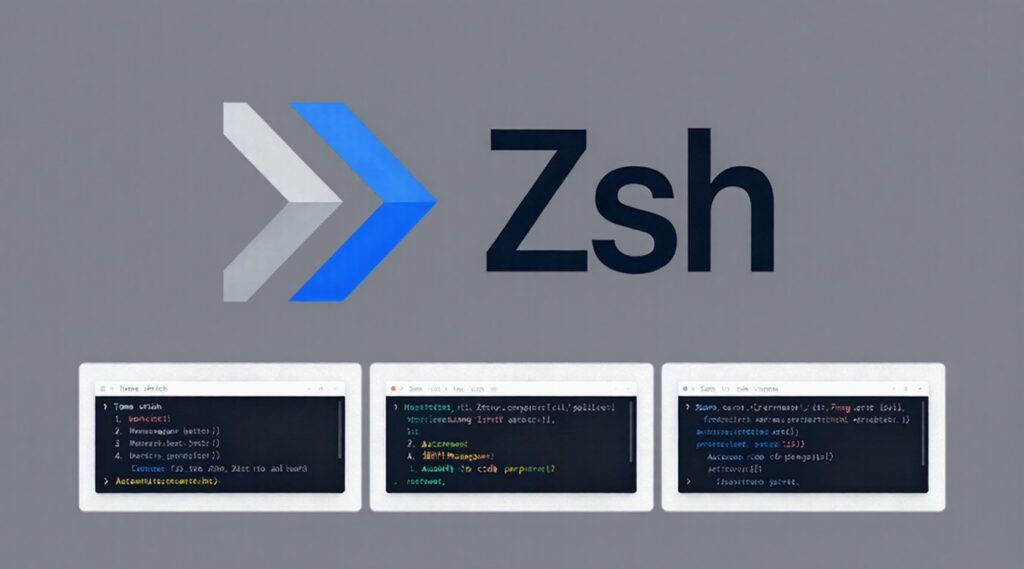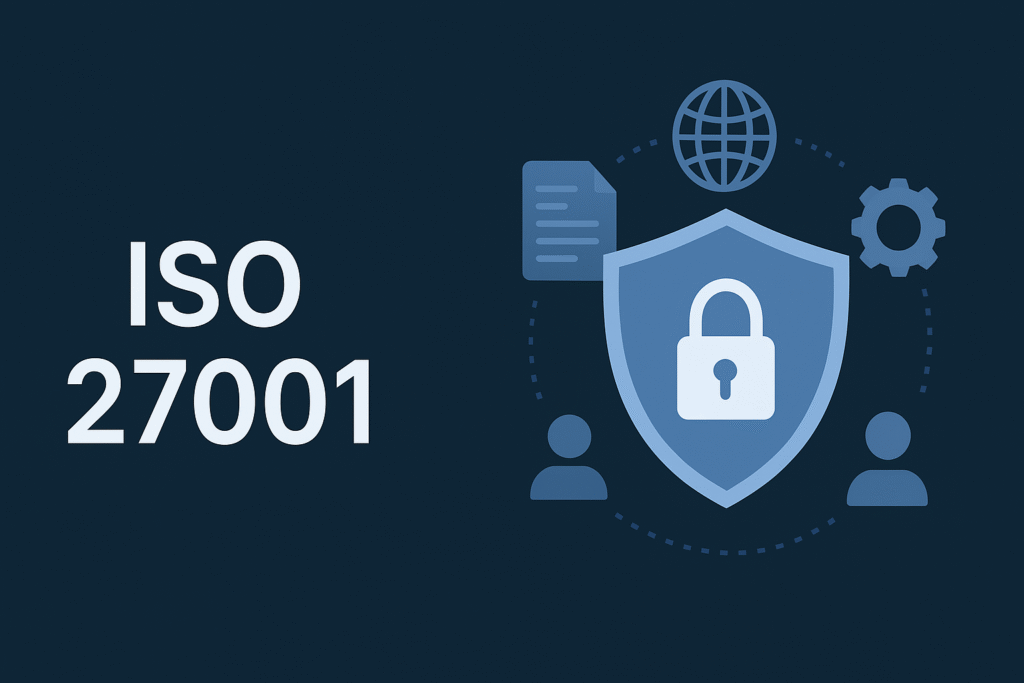Definition A ZIP Header refers to the structured metadata stored at the beginning and end of a ZIP archive that defines how the compressed files are organized. It includes essential information such as file names, compression methods, CRC checksums, and offsets that allow ZIP utilities to extract or repair individual files accurately. Table of Contents […]
GPT (GUID Partition Table)
GPT (GUID Partition Table) is a modern disk partitioning standard that replaces the legacy MBR (Master Boot Record) system. It defines how partitions and data are structured on a storage device—such as SSDs or HDDs—providing greater reliability and flexibility for today’s operating systems. Unlike MBR, which typically supports disks up to about 2TB when using […]
ZIP Repair Utility
Definition A ZIP Repair Utility is a specialized tool designed to restore access to damaged or corrupted ZIP archives. ZIP files—used for compressing and packaging multiple files—can become unreadable due to interrupted downloads, power failures, disk errors, or bad sectors. Repair utilities analyze the internal file structure, detect broken headers, and rebuild missing directory records […]
Folder Access Denied Error Solutions
A Folder Access Denied error occurs when Windows or other operating systems prevent you from opening, modifying, or deleting a folder due to permission issues, encryption settings, or system restrictions. This is common in NTFS-formatted drives and shared network folders. It is not a sign of permanent data loss. Table of Contents How the Folder […]
ZLIB Compression
Definition ZLIB Compression is a lossless data compression library widely used across file formats and communication protocols. Built on the DEFLATE algorithm, it combines LZ77 pattern matching with Huffman coding to efficiently minimize data size without sacrificing integrity. ZLIB Compression underpins popular technologies such as ZIP archives, PNG images, and HTTP data transmission (deflate). Table […]
What is iSCSI Initiator and How Does it Work?
The iSCSI Initiator is a software or hardware component that allows a computer to connect to iSCSI Targets, which are remote storage devices, using the Internet Small Computer System Interface (iSCSI) protocol over a network. By using TCP/IP, this storage protocol enables block-level access to remote storage, making it suitable for storage area networks (SANs) […]
ZLIB Header
What Is a ZLIB Header? A ZLIB Header is the small but essential two-byte prefix found at the beginning of every data stream compressed with the ZLIB format. Defined by RFC 1950, it provides key information about the compression method, dictionary usage, and integrity checks. The header ensures that a decompressor correctly interprets the compressed […]
Zshell (Zsh)
Zshell, commonly abbreviated as Zsh, is an advanced Unix shell that functions both as a command interpreter and a scripting language. Originally developed by Paul Falstad in 1990, Zsh is an extended version of the Bourne Shell (sh), incorporating features from bash, ksh, and tcsh, while introducing its own enhancements in customization, automation, and user […]
ISO 27001 Information Security Management
ISO 27001 is an internationally recognized standard for information security management systems (ISMS). It provides a systematic approach to managing sensitive company information, ensuring its confidentiality, integrity, and availability. By following this standard, organizations can identify risks, implement controls, and protect data from unauthorized access, breaches, and other security threats. How ISO 27001 Works This […]


